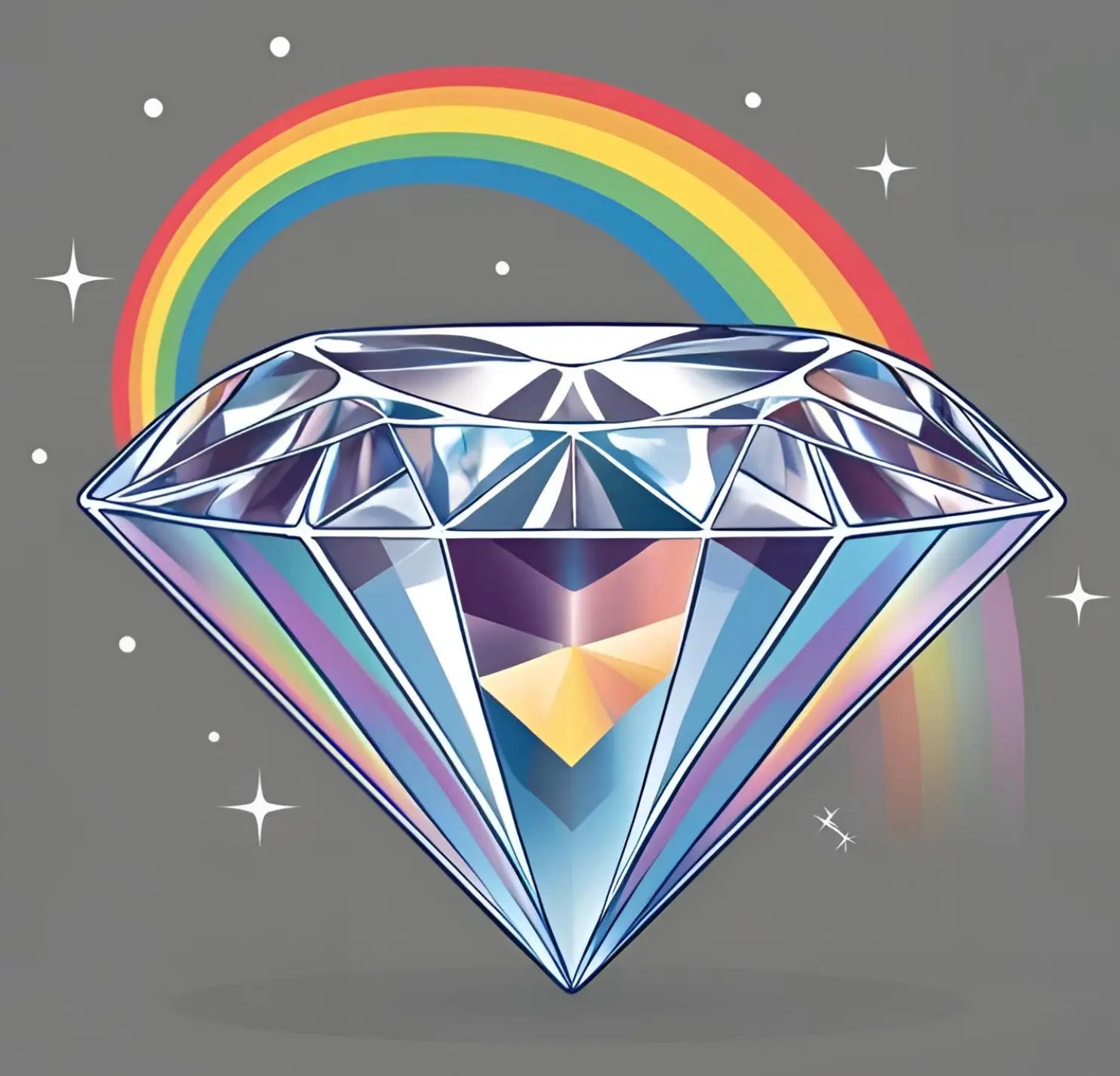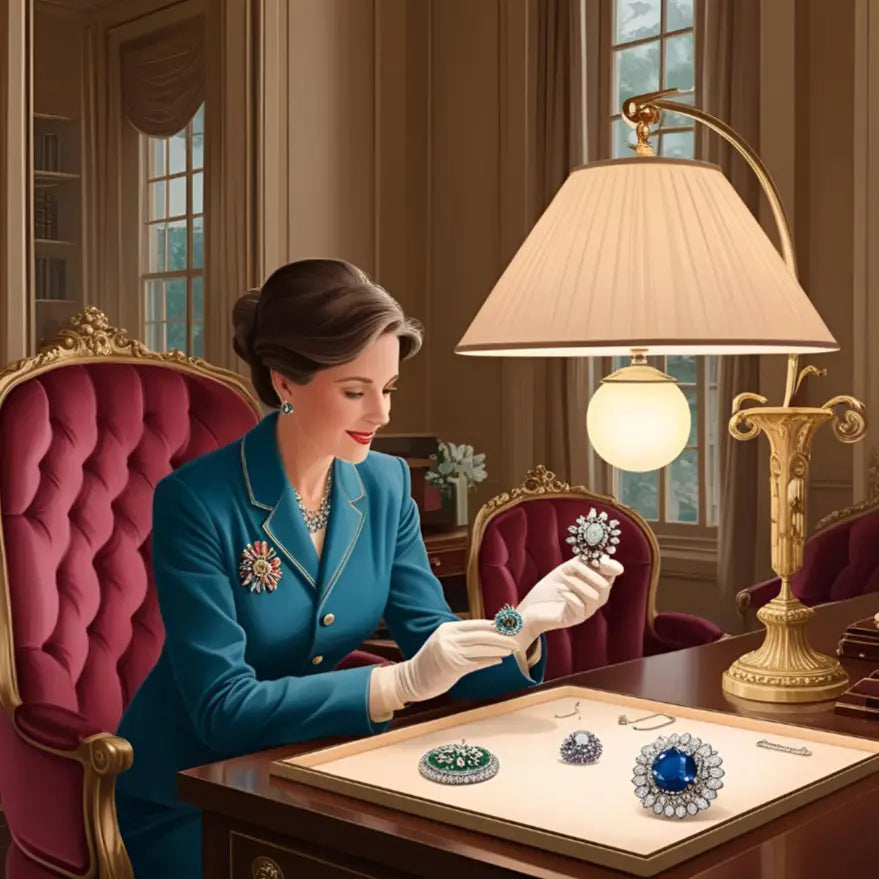The color of colorless diamonds
Colorless diamonds, the most common, are composed of pure carbon and have a crystalline structure that refracts light in a unique way. These diamonds are graded according to their color grade, ranging from D (colorless) to Z (some or many shades).
The color of diamonds is influenced by the absorption of light of different wavelengths. Colorless diamonds contain no impurities that would absorb or affect light, which is why they appear absolutely clear. A diamond's many facets reflect light in different colors, giving the stone its shimmering luster.
Fancy Diamonds: A Palette of Colors
Fancy diamonds differ from colorless diamonds in their intense colors, ranging from yellow, blue, red, green, and even violet. The color of these diamonds is also created by the absorption of light, but in this case, additional elements or structures in the crystal lattice are responsible.
For example, nitrogen, which becomes trapped in diamonds during crystallization, can impart a yellow or brown hue. Boron, on the other hand, can impart a blue hue to a diamond structure. The intensity and purity of the color are assessed using a scale that takes into account both hue (the primary color) and saturation (the intensity of the color).
These colors are not only aesthetically pleasing, but also rare and therefore often very valuable. The price of a fancy diamond can increase significantly the rarer the color and the more intense the saturation.
The formation of colors in gemstones
Gemstones such as rubies, sapphires, and emeralds also exhibit a variety of colors, created by different chemical elements and minerals. For example, the red color of rubies is caused by the presence of chromium, while the deep blue color of sapphires is caused by iron and titanium.
Gemstones can also exhibit considerable color variation due to natural processes such as temperature and pressure during their formation. These factors can influence the arrangement of atoms within the crystals, resulting in different light absorption properties.
Another important aspect is the clarity and purity of the gemstones. The fewer inclusions and impurities there are, the more intense and radiant the color appears. Some gemstones also exhibit the phenomenon of "pleochroism," in which they display different colors depending on the viewing angle. This is particularly pronounced in materials such as tourmaline and alexandrite.
In summary, it can be said that...
...the colors of gemstones and diamonds are the result of fascinating chemical and physical processes. While colorless diamonds are valued for their clarity and brilliance, fancy diamonds fascinate with their vibrant and varied colors, which are influenced by various chemical elements. Gemstones offer a similar variety, with colors often influenced by specific minerals and the stone's purity.
Understanding these processes helps us not only appreciate the beauty of these stones, but also the factors that determine their value. This allows you to make informed decisions when purchasing gemstones and diamonds, appreciating the unique qualities of each piece.







